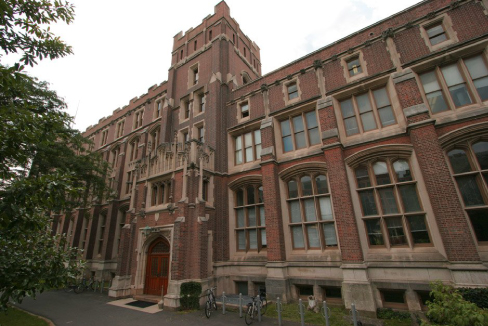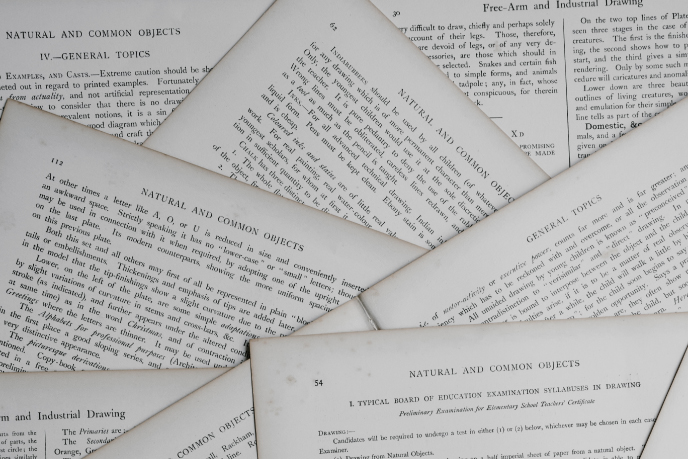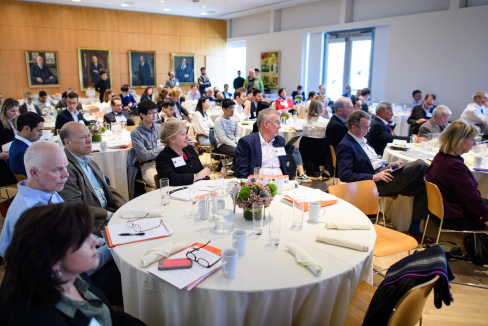Principal Investigator
At a Glance
A newly completed model for the terrestrial biosphere more accurately simulates the role of forests as a carbon sink and the accelerated growth of trees, despite the limitations from below-ground resources.
Research Highlight
In recent years, a fundamental shortcoming has been recognized by theorists of biosphere climate models. Most of the carbon in the biosphere and a large fraction of the carbon in soils is living or dead wood from forest trees, and for this reason, the future of the land carbon sink depends on the long-term enhancement of forest growth by carbon dioxide (CO2) fertilization. To model this interaction more accurately, the Pacala group completed in 2014 a fundamentally new version of the Princeton-Geophysical Fluid Dynamics Laboratory (GFDL) land model for the biosphere and its interactions with the atmosphere, its greenhouse gases and climate processes. The model has been seven years in the making, supported by CMI funding. It is expected to be the default land model at GFDL for at least a decade.
The simulation work of many labs, including the Pacala group, shows how a failure of the land carbon sink would make global climate change much worse. In a 2014 publication1, the Pacala group’s finding indicates that without a historical land sink, atmospheric CO2 concentration would currently be 80 ppm higher—an 80% increase in anthropogenic carbon accumulated in the atmosphere since the industrial revolution. The new model is based on a mathematical advance that more accurately models the competition for light among individual trees, without directly simulating each tree. Previous papers show this formulation capable of predicting the observations of forest dynamics, including changes in carbon to nitrogen ratio (C/N) that occur either along natural gradients in plant productivity or from CO2 fertilization.
Many studies predict the land sink will eventually diminish and turn to a carbon source because trees will become limited by below-ground resources (i.e. soil water, nitrogen and phosphorus). For this reason, a half dozen expensive experiments were carried out over the last two decades, in which intact forests were exposed to a doubled CO2 concentration for ten years. Contrary to expectation, the trees continued to show accelerated growth despite clear evidence of limitation from belowground
resources. Two mechanisms were found to be responsible:
- trees increased their ratio of carbon to nitrogen by increasing the amount of wood relative to fine roots and leaves (C/N ratio ~300 for wood, ~30 for leaves, ~50 for fine roots) and by increasing the C/N of leaf and root tissue; and
- plants increased the availability of nitrogen by “priming” soil microbes with easy-to-digest carbon sources in the form of root exudates.
The root exudates caused the microbes to increase in abundance, so that there were more of them to digest undecomposed organic matter and thus liberate the nitrogen in the organic matter.
The new model’s description of decomposition can also simulate the priming of microbes by plant root exudates. The new model’s predictions were tested against a wide range of data, and results agree for both diurnal and annual carbon fluxes, growth rates of individual trees in the canopy and understory, tree size distributions, and species-level population dynamics during succession. The model was also used to show how the optimal strategy for rate of wood production—namely, a strategy that can outcompete a species with any other strategy, all else being equal—shifts as a function of the atmospheric CO2 concentration. The simulations predict that carbon sinks caused by CO2 fertilization will continue despite water limitation. Figure 1.1 shows wood production (carbon for left panels, tree diameter growth for right panels) in the Northern Midwest of the US at preindustrial (top) and double preindustrial (bottom) CO2, and for several kinds of trees (with different root-leaf ratios on the horizontal axis and growing either alone (dark symbols) or in a multispecies stand (open symbols))1. The results show wood production is predicted to remain 2-3 times higher under doubled CO2.

Reference
- Weng, E., S. Malyshev, J. W. Lichstein, C.E. Farrior, R. Dybzinski, T. Zhang, E. Shevliakova, and S.W. Pacala, 2014. Scaling from individuals to ecosystems in an Earth System Model using a mathematically tractable model of height-structured competition for light. Biogeosci. Discuss., 11:17757-17860, in review. doi:10.5194/bgd-11-17757-2014.




